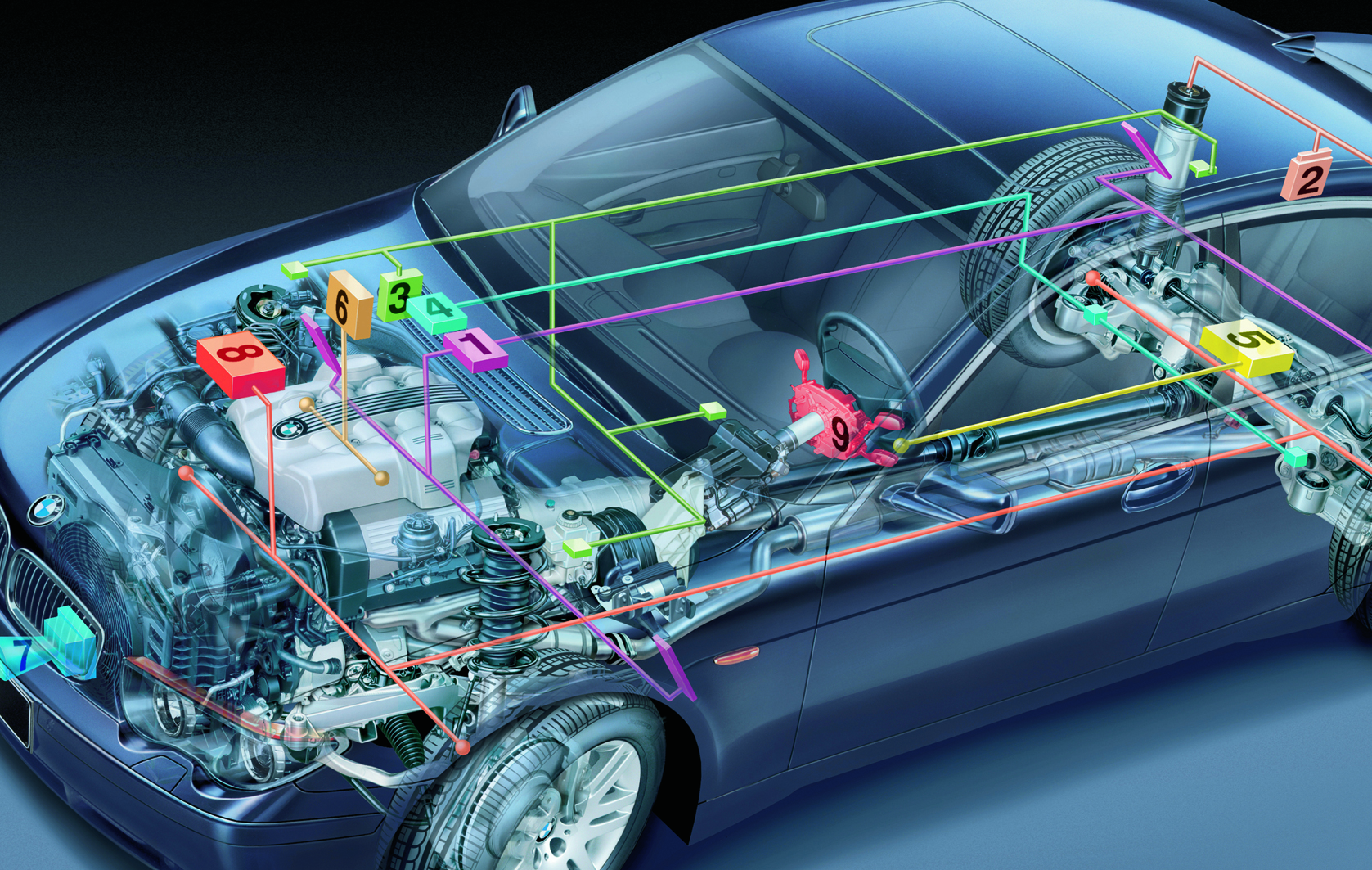
A minimum viable product is an important concept in the mobile app development process.
When you invest initially in a minimum viable product, there are some benefits. First, it gives you a simplified development process and a shorter period to fix bugs. It can also shorten development time, and it’s easy to add new features.
Some developers call the MVP one of the most important aspects of development.
The following are some of the key things to know about an MVP.
What Is An MVP?
An MVP is a development strategy where a mobile app is developed with enough features so that it can be used in its early stages. MVP is a term used not only to refer to mobile apps but also websites and certain products.
Once an MVP is launched, there can be changes made based on feedback from the early users.
There are some specific features of an MVP that need to be in place. First, it needs to have enough value for users to use it initially. There needs to be a way to show that there will be future benefits to the product so the early users will continue using it. There also needs to be a feedback loop, which is what’s used to make future development decisions.
Basically, it’s a way to show the promising future of the product and to get feedback to make informed changes.
How Finished Should an MVP Be?
For some businesses who are toying with the idea of introducing an MVP for their app, it can be a scary prospect.
There’s the idea that you’re putting something out there that’s unfinished, and it could tarnish your future reputation.
It’s important not to look at it this way, however. Instead, app development should be viewed as something always ongoing, and there is never really a truly finished product. Introducing an MVP is part of a continuum of development.
If you’re still wary of the idea, think of Facebook. They’re constantly introducing changes and new features as time goes on, so there’s never really any final product.
Of course, with that being said, an MVP does need to be bug-free and should look and feel as if it’s finished.
Core Functionality
Above all else, when you introduce an MVP, the core functionality needs to be present. It also needs to be branded, well-designed and everything that’s part of the MVP should be working properly.
You may not have all the advanced features that you’re planning for yet, but if the core functionality is there and the MVP has a good look and feel, you may be ready to introduce it to early users.
Finally, the faster you can get an MVP to users, the better. You want to build buzz around the launch of your MVP, and you want to have people using it, talking about it and sharing feedback. This is going to help you save time and money when it comes to building your final product. You can implement changes along the way for a better overall development process.





